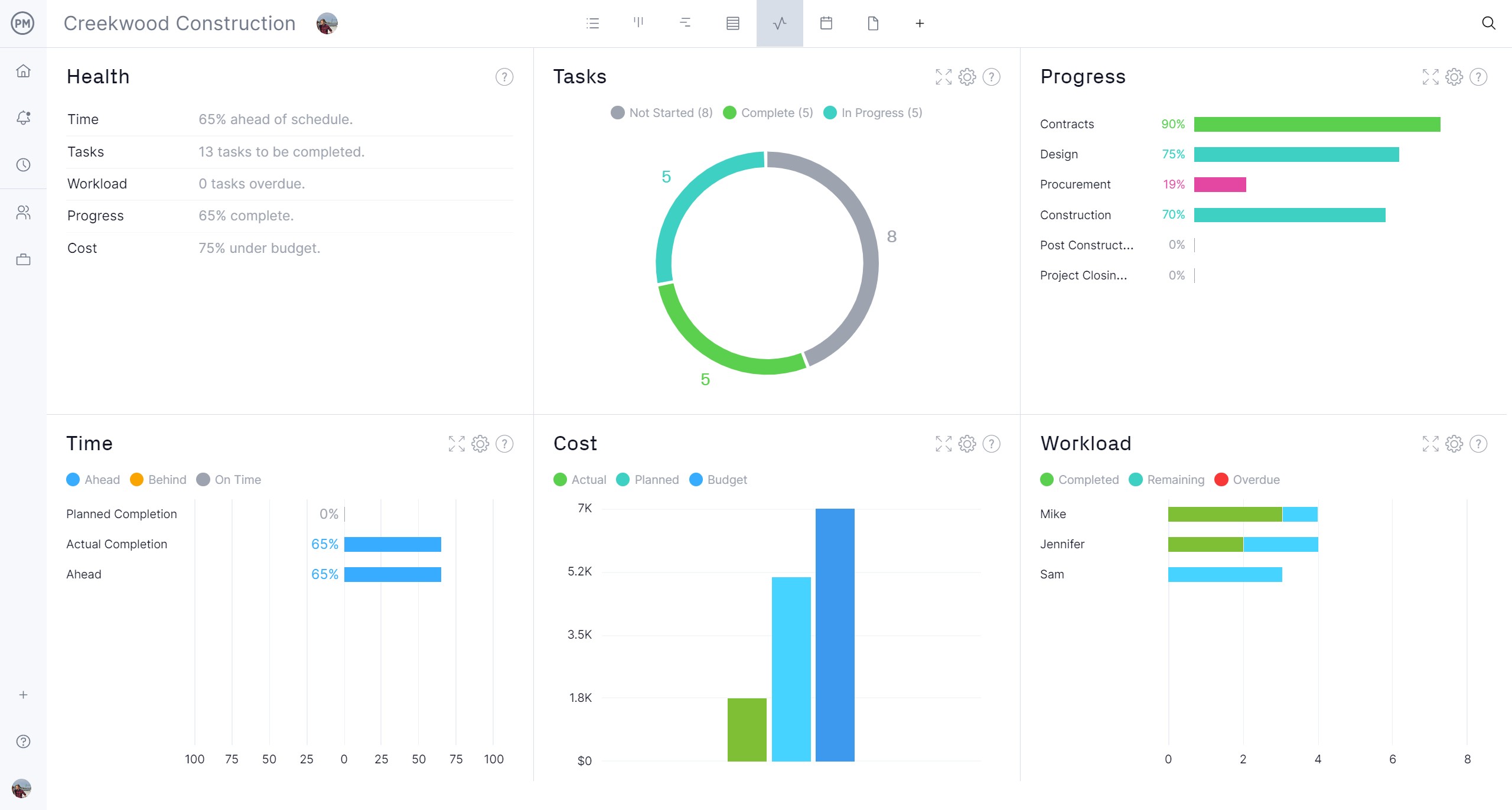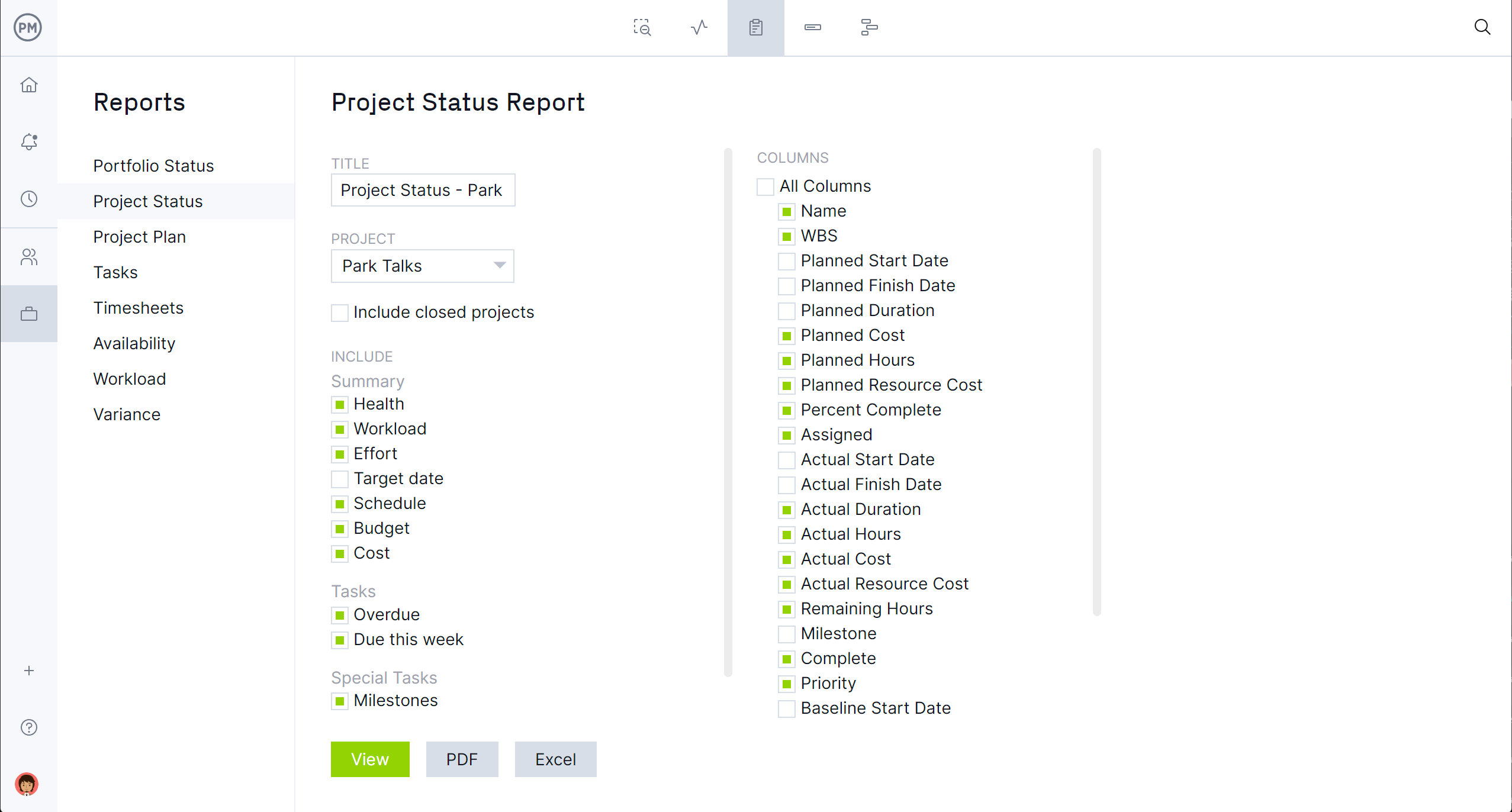Projects have multiple stakeholders. There are internal stakeholders, such as team members, executives, project or product managers, designers, researchers and salespeople. Then there are external stakeholders, who can be customers, suppliers, vendors, subcontractors, the government, the community, and non-governmental organizations (NGOs). The salience model is a tool that can help.
The salience model in project management is a way to manage stakeholders appropriately. We’ll show how by defining the model, what it measures, and how it breaks down stakeholders into various categories. Next, readers will learn how to use the stakeholder salience model and who should use it. Then, we’ll illustrate it with an example and link to a free salience model template.
What Is the Salience Model in Project Management?
A salience model is a powerful tool for stakeholder analysis and management used in project management. It helps prioritize engagement efforts based on the relative importance of each stakeholder to the project’s success by understanding the balance of power, legitimacy, and urgency, which we’ll define in a moment.
Project managers use a stakeholder salience model to make informed decisions on where to focus attention and resources for optimal project delivery. Mitchel, Agle and Wood developed it in 1997 to help manage, identify and prioritize stakeholders through the assessment of the three attributes mentioned above, power, legitimacy and urgency. The more of these attributes a stakeholder possesses, the more salient that stakeholder is perceived by managers.
Once stakeholders are prioritized and how to manage them is understood, projects will run more smoothly. However, identifying and classifying stakeholders into different categories based on key attributes isn’t going to manage the project. There are, however, visual tools akin to the salience model that can be used in project management software to plan, manage and track projects to a successful completion.
ProjectManager is award-winning project and portfolio management software that has robust Gantt charts that visualize the project with a timeline that captures everything from start to finish in one place. But Gantt charts do much more than that. They organize tasks, plan resources and the associated costs, add milestones and assign work to team members. Our Gantt charts go further, linking all four types of task dependencies to avoid cost overruns and delays. They identify essential tasks by filtering for the critical path and can set a baseline to capture the plan and compare it to actual progress and spending in real time to keep the project on track. Get started with ProjectManager today for free.
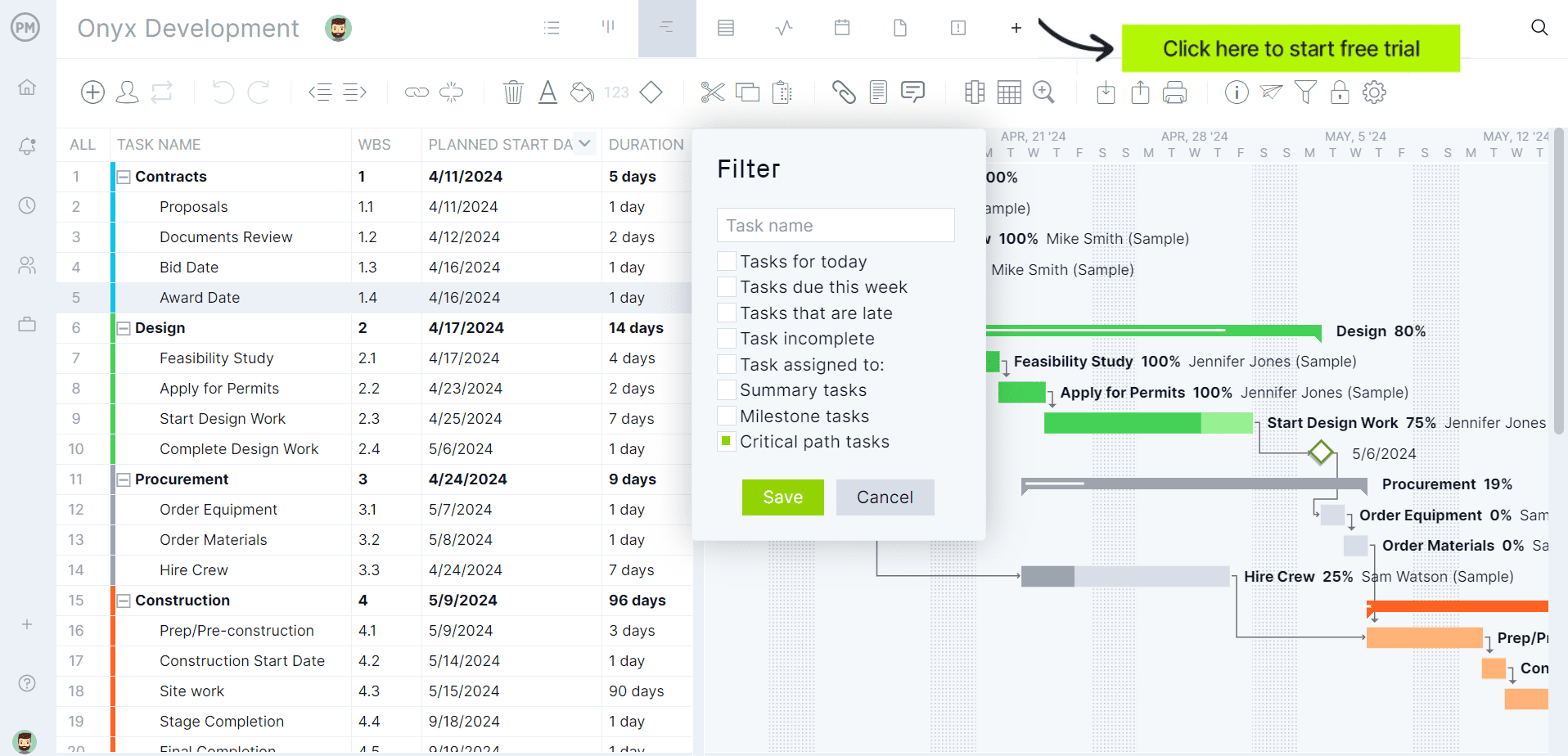
What Does the Salience Model Measure?
We’ve mentioned that a stakeholder salience model measures three attributes. To better understand what those attributes are and how they work, let’s define each with an example.
Power
The ability of a stakeholder to influence the project’s outcome, resources or decisions. For example, a senior executive with decision-making authority or a regulatory body with legal control over the project.
Legitimacy
The stakeholder’s involvement is seen as valid or appropriate based on their relationship to the project or its objectives. For example, a community group that is directly affected by the project’s environmental impact may have a legitimate claim to be involved in decision-making.
Urgency
The degree to which the stakeholder’s needs or demands require immediate attention or action. For example, a customer is requesting a product feature that needs to be implemented immediately because of a market shift or competitor pressure.
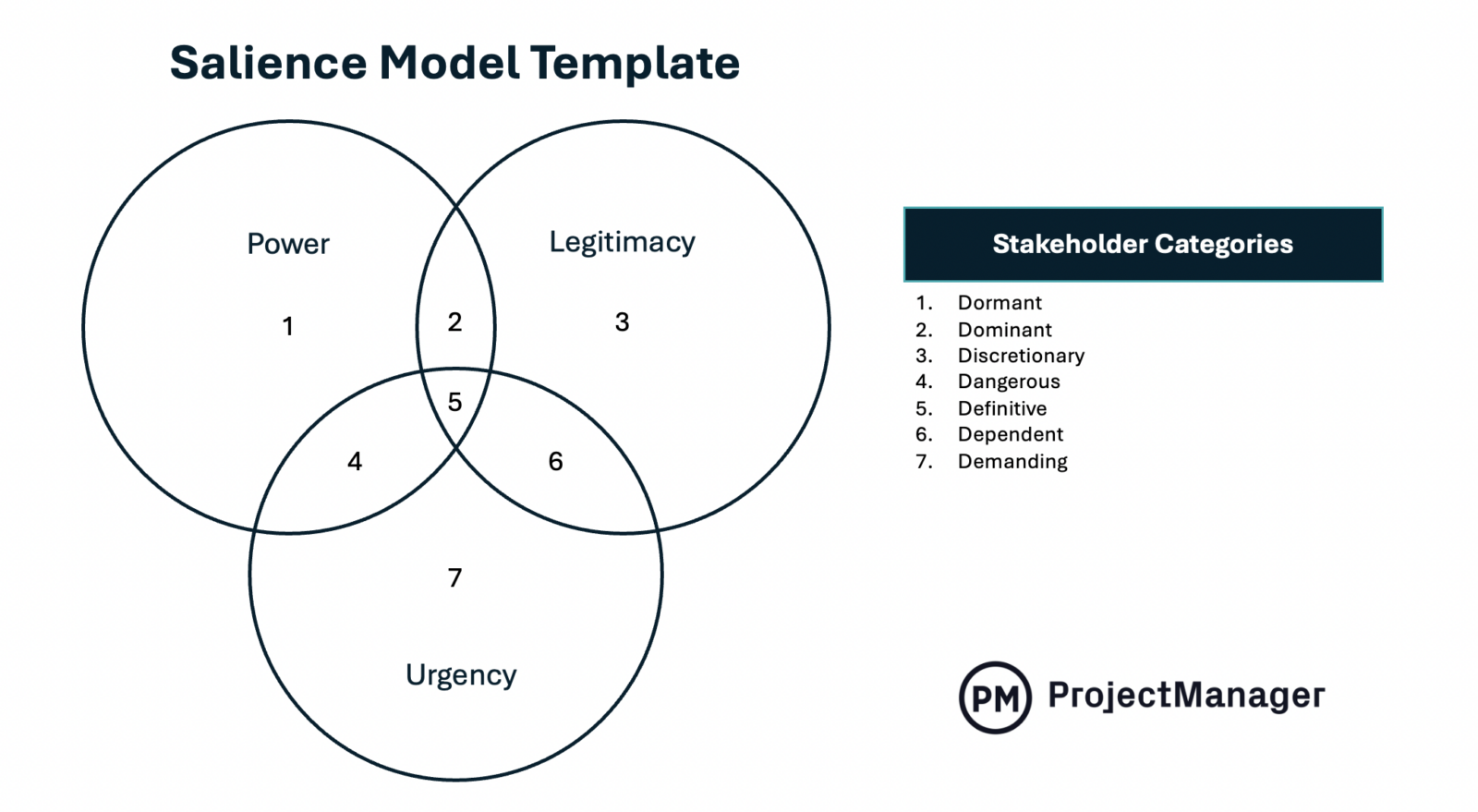
Get your free
Salience Model Template
Use this free Salience Model Template to manage your projects better.
Salience Model Stakeholder Categories
Based on the combination of the above three attributes, stakeholders can be categorized into these five groups. They can, however, overlap and change over time. These groups are defined on the salience model below.
1. Definitive
Stakeholders who possess all three attributes. These are the highest priority stakeholders, requiring immediate attention and engagement. Their demands and concerns are essential to the project’s success. These can be major investors who have legal ownership, control over funding and urgent demands regarding the project’s progress.
2. Dominant
Stakeholders have power and legitimacy, but their needs or demands aren’t as urgent. These stakeholders should be managed closely and kept satisfied. They have significant influence, so they must be properly engaged. This type of stakeholder might be a major corporate partner or supplier with significant influence over the project, but whose concerns are more long-term.
3. Dangerous
Stakeholders who have power and urgency, but lack legitimacy. These stakeholders can be a threat to the project, as they may exert pressure or take action even though their claims might not be considered legitimate. Managing their concerns and controlling their influence is critical. Think of a vocal, influential critic who can derail the project but doesn’t have a formal or legitimate claim to influence decisions.
4. Dependent
Stakeholders who have legitimacy and urgency, but lack power. These stakeholders need attention because their expectations and concerns are urgent, but they rely on others (dominant or definitive stakeholders) to take action. Their needs should be recognized, but they may not have the ability to directly impact the project’s outcome. This can be a local community group with an urgent concern about environmental impacts but lacks the power to influence the project’s direction without support from others.
5. Dormant
Stakeholders who have power, but no legitimacy or urgency. These stakeholders are generally lower priority and require monitoring. They may not immediately need attention, but their status could change over time, so it’s important to use a stakeholder map to identify them and remain aware of their potential influence. This could be a large investor who holds significant shares in the company, giving them voting power on corporate decisions.
When to Use the Salience Model
The stakeholder salience model is a useful tool and can be used throughout the life cycle of a project. Here when the salience model in project management can be applied.
- At the start of the project for stakeholder identification and analysis
- When stakeholder interests are conflicting
- During the project risk assessment and mitigation
- When resources are limited (prioritizing stakeholder engagement)
- When a stakeholder’s role or influence changes
- When stakeholder engagement and communication need to be tailored
- During decision-making and project planning
- When preparing for project closures or transitions
- When facing project challenges or crises
Who Should Use the Salience Model?
The stakeholder salience model can be used by anyone managing stakeholder relationships, who need to prioritize them based on their influence and needs and is responsible for managing communication, expectations or engagement with key stakeholders. This impacts roles in project management, program management and product development. Here’s a list of professionals who can benefit from using the salience model.
- Project managers
- Program managers
- Product managers
- Business analysts
- Stakeholder managers or engagement specialists
- Executives and senior leadership
- Change management professionals
- Legal and compliance teams
- Marketing and communications teams
- Consultants and advisory roles
- Human resources and talent management
- Suppliers and vendors
- Non-profit and NGO project managers
Benefits of Implementing the Salience Model
There are many benefits to implementing the stakeholder salience model. It provides clear prioritization of stakeholders and by understanding which stakeholders require what attention, project managers can ensure that their efforts are directed where they matter most. This leads to better decision-making by providing clarity on who needs to be consulted, informed or involved in key decisions.
Another advantage of using the salience model in project management is resource optimization. That’s because it helps allocate resources more effectively by focusing on stakeholders with high power, legitimacy and urgency. This avoids wasting time on unnecessary engagement with low-priority stakeholders, especially when resources are limited.
This model helps identify the most critical stakeholders to engage and tailor communication strategies based on their specific needs and priorities. This engages stakeholders and effectively improves collaboration, buy-in and support, which leads to better project outcomes. It also helps to identify potential conflicts early, especially if different stakeholders have conflicting interests. This aids in anticipating those stakeholders that might have competing demands and where those demands should be balanced.
Salience Model Example
To better understand how this works, let’s examine a stakeholder salience model example. In this scenario, there’s a hospital construction project with multiple stakeholders of varying levels of influence, interest and urgency.
As we put those stakeholders into categories, the definitive stakeholders with power, legitimacy and urgency are project funders, such as government agencies and investors, as well as the hospital administration who have decision-making power on design, functionality and compliance requirements.
The dominant stakeholders with power and legitimacy include the local government, which has the power to authorize permits. Dependent stakeholders, with legitimacy and urgency, include the future patients and community residents, as their health and safety depend on the project’s timely conclusion. Dormant stakeholders are those with power and are such entities as insurance companies, while the competing construction firms who might challenge or protest if they feel procurement processes are unfair, can be categorized as dangerous as their influence could lead to legal or public relations issues.

The above stakeholder salience model example shows where each stakeholder falls in a clear and visual map. Using this salience model, professionals can make better decisions about which stakeholders to engage, when to engage them and how to manage competing interests to drive the project’s success.
Salience Model Template
Rather than having to create one, users can download this free stakeholder salience model template for PowerPoint. This can then be shared or displayed to visually communicate how to manage various stakeholders in the project.
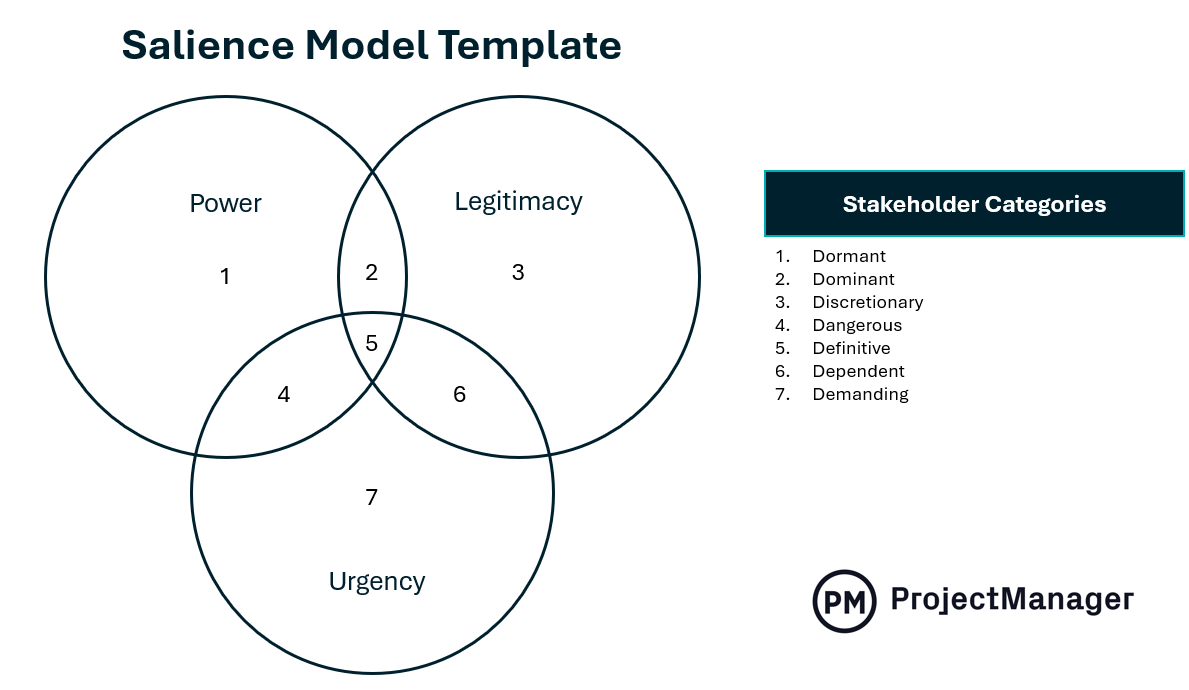
To use this free salience model template, just follow the directions that are outlined below. They are also included in the PowerPoint document. The template is fully customizable, so users can add their logo or change it in any way that better reflects their organization.
Related Stakeholder Management Templates
The salience model template is only one of over 100 free project management templates for Excel and Word that cover every aspect of managing a project across multiple industries. Here are a few free templates that can help with stakeholder management.
Stakeholder Analysis Template
Another stakeholder management tool is this free stakeholder analysis template for Excel. It helps identify individuals who have a vested interest in the project, collecting key stakeholders by group, which then helps to determine their level of participation, interest and power on the project.
Stakeholder Map Template
The free stakeholder map template for Excel is another visual tool for identifying and defining the stakeholders in a project. This one works by creating a matrix with four quadrants that are defined by the level of influence and interest in the project. This helps managers know whether to keep satisfied, manage closely, monitor or keep stakeholders informed.
RACI Chart Template
RACI stands for responsible, accountable, consulted and informed. This free RACI Matrix template for Excel is a chart that identifies and defines the roles and responsibilities of all those involved in the project, including stakeholders.
How ProjectManager Helps With Stakeholder Management
All of these free templates are great tools to use when starting a project and even throughout the project’s life cycle. They identify and define the stakeholders and how to manage them. However, templates cannot handle the management part. That’s because they’re static documents that aren’t collaborative and require manual updates, which only pulls project managers away from more important work. Project management software is far more capable of managing stakeholders and projects. ProjectManager is award-winning project and portfolio management software that can create visual project schedules with Gantt charts that can be shared with stakeholders, but that’s only the start of our software’s valuable tools.
Monitor Time, Cost and Progress With Real-Time Project Dashboards
Stakeholders, regardless of their power, influence or urgency, share a common interest in the project’s success. Therefore, they want to be regularly informed about progress, costs and so forth. Once a baseline has been established on the Gantt chart, our software captures the project plan and is constantly comparing it to actual progress and spending. For a high-level overview of the project’s status, toggle to the real-time project or portfolio dashboards. They’re collecting live data and displaying it on easy-to-read graphs and charts that show time, cost, workload and more. Managers can share read-only guest passes with stakeholders to keep them informed.

Make Project Management Reports in Minutes
The dashboard is great for an overview, but managers need to get into the details. They need more information to better steer the project towards a successful outcome. That’s where our customizable reports come in handy. They can be filtered to go into the weeds for managers and their teams or provide a more general view of progress, which can be shared with stakeholders. There are status and portfolio reports as well as reports on variance, timesheets, workload and much more, all of which can be shared in a variety of formats to meet stakeholders’ needs.

Related Stakeholder Management Content
There’s so much more to stakeholder management than a salience model. For those interested in continuing to learn about this subject, below are a handful of links that will take you to our most recent posts on the topic.
- Free Stakeholder Management Templates
- What Is a Stakeholder? Definitions, Types & Examples
- What Is Stakeholder Management?
- Stakeholder Mapping: How to Make a Stakeholder Map
- Stakeholder Analysis (Example & Template Included)
ProjectManager is online project and portfolio management software that connects teams and stakeholders whether they’re in the office or out in the field. They can share files, comment at the task level and stay up to date with email and in-app notifications. Join teams at Avis, Nestle and Siemens who use our software to deliver successful projects. Get started with ProjectManager today for free.

